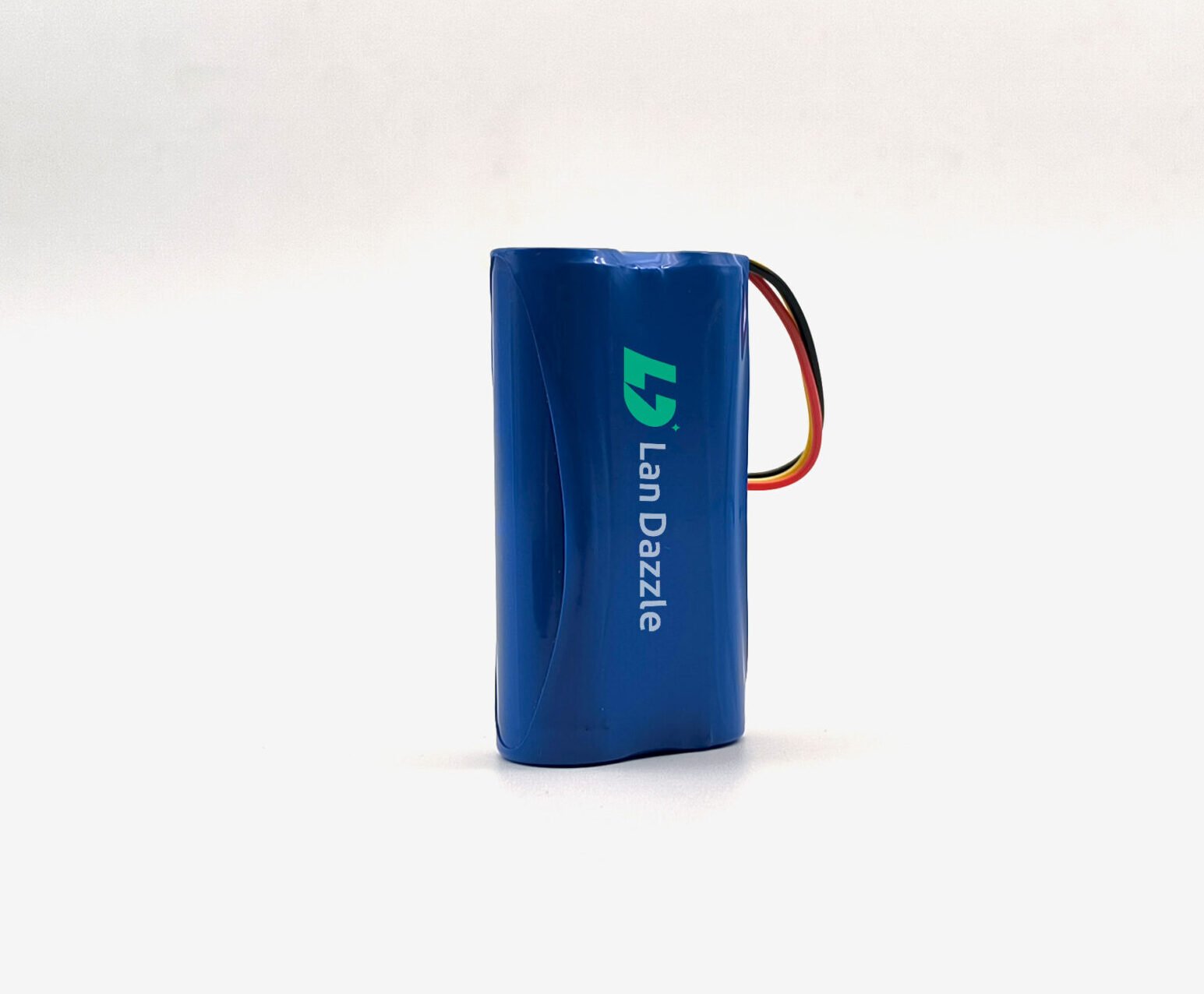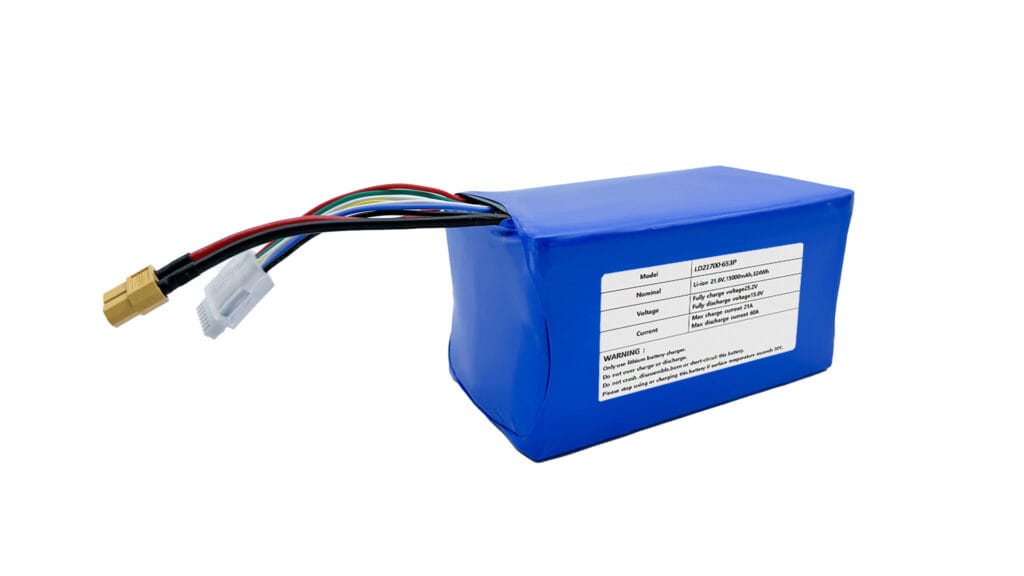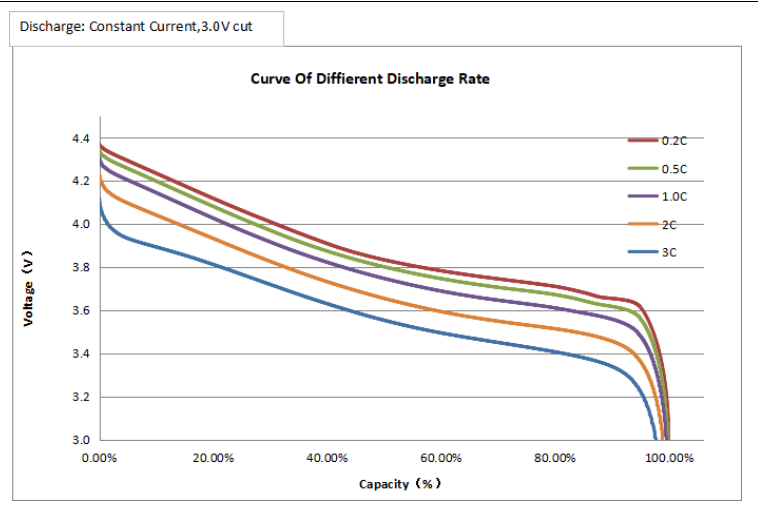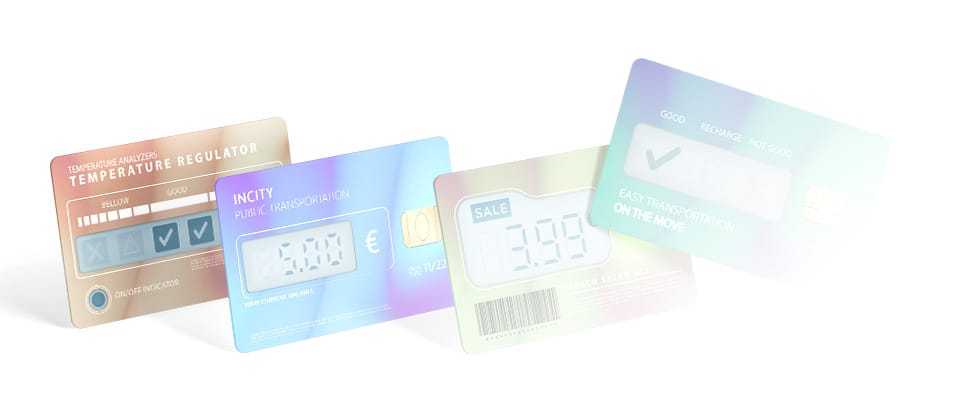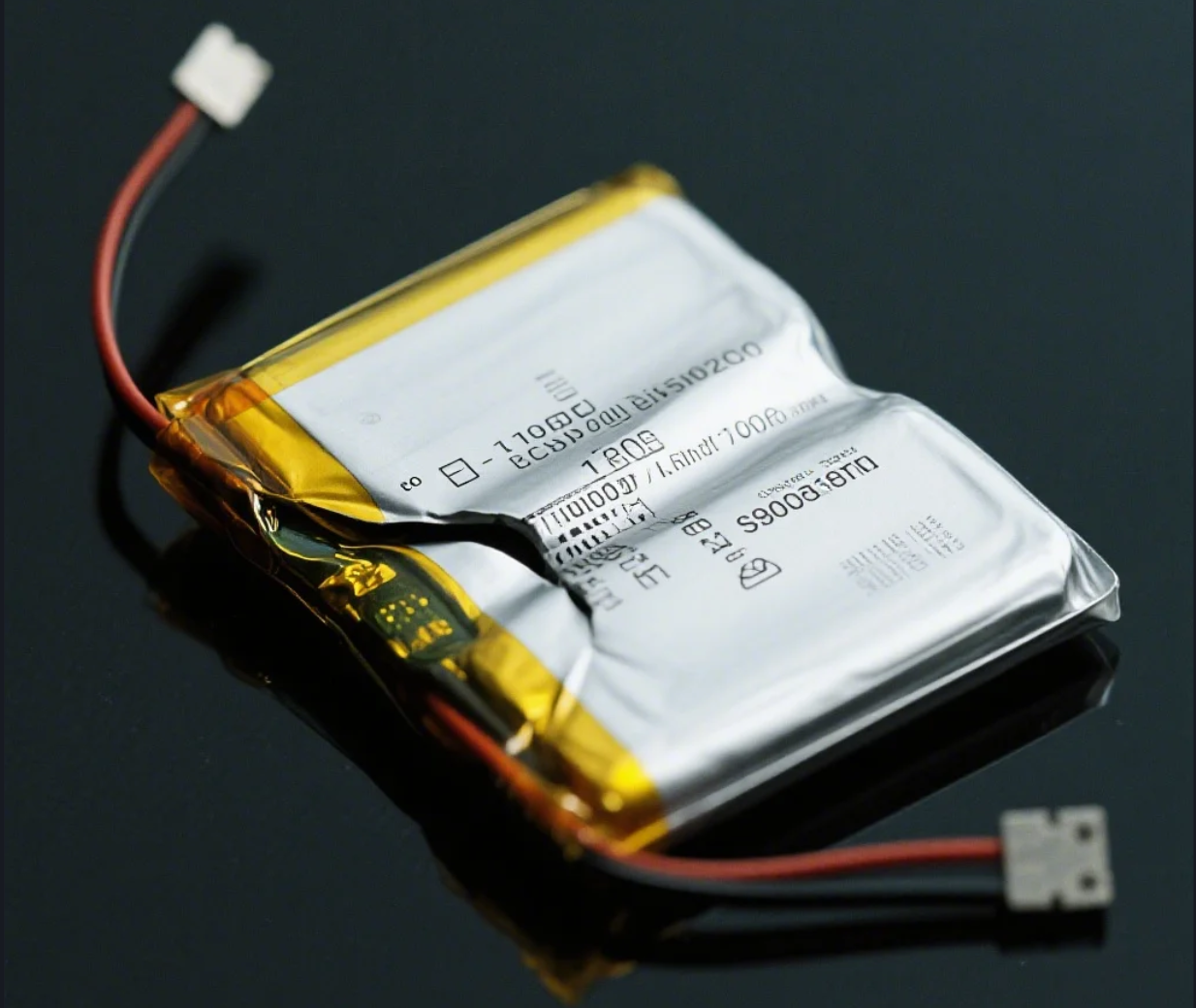In the ever-evolving world of hobby electronics and portable power, the 2s lipo battery stands out as a versatile and potent energy source. From powering high-speed RC cars and agile drones to enabling intricate robotics projects, these batteries have become indispensable for enthusiasts and innovators alike. But what exactly is a 2s lipo battery, and why has it gained such widespread popularity?
This comprehensive guide aims to demystify the world of 2s lipo battery, providing both experienced hobbyists and those new to the technology with a thorough understanding of their characteristics, applications, advantages, safety considerations, and best practices for charging and maintenance. Whether you’re looking to upgrade your RC vehicle’s performance or simply curious about the power source behind many modern gadgets, this article will equip you with the knowledge you need to harness the full potential of the 7.4v lipo battery.
What is a 2s LiPo Battery?
At its core, a 2s lipo battery is a lithium polymer battery pack composed of two individual cells connected in series. The “2s” designation signifies this two-cell configuration. Each lithium polymer cell has a nominal voltage of 3.7 volts. When connected in series, their voltages are added together, resulting in a nominal voltage of 7.4V for the entire pack.
While the nominal voltage sits at 7.4V, a fully charged two cell lipo battery will reach a voltage of 8.4V (4.2V per cell). Conversely, it’s crucial to avoid discharging the battery below a certain threshold, typically around 3.0V per cell (6.0V for a 2s pack), to prevent damage and prolong its lifespan.
Beyond voltage, 2s lipo batteries are also characterized by their capacity, measured in milliampere-hours (mAh), which indicates how much charge the battery can store, and their discharge rate, denoted by a “C” rating, which signifies how quickly the battery can safely release its energy. Common capacities for 2s lipo packs range from a few hundred mAh to several thousand mAh, while C ratings can vary significantly depending on the intended application.
Applications of 2s LiPo Batteries
The 2s lipo battery finds its niche in a wide array of applications, particularly within the hobbyist community. Its balance of voltage, power, and size makes it an ideal choice for:
- RC Cars and Trucks: The 2s lipo battery for RC car applications is incredibly popular. It provides a significant power boost compared to lower voltage batteries, enabling faster speeds and more responsive handling for many entry-level and mid-range RC vehicles.
- Drones and Quadcopters: Many smaller drones and quadcopters utilize 2s lipo batteries for their lightweight nature and sufficient power to achieve flight. They can also be part of more complex power systems in larger drones.
- RC Airplanes and Helicopters: Electric-powered RC airplanes and helicopters often rely on the 7.4v lipo battery to provide the necessary energy for flight, offering a good balance between power and weight.
- Robotics Projects: From small, mobile robots to more intricate automated systems, 2s lipo batteries offer a reliable and compact power source for various robotics endeavors.
While primarily known in the hobby world, 2s lipo batteries can also be found in certain portable electronic devices requiring a specific voltage. Their compact size and high energy density make them attractive for DIY electronics projects and custom power solutions.
If you have needs about 2s lipo battery or different requirments for battery configuration, feel free to contact us at info@landazzle.com or visit landazzle.com. We are happy to provide you with the battery solutions that meet your unique needs.

Advantages of Using 2s LiPo Batteries
The widespread adoption of 2s lipo batteries stems from their numerous advantages:
- Higher Voltage: Compared to single-cell batteries (3.7V nominal), the 7.4v lipo battery provides a significant increase in voltage, leading to more power for motors and electronic components.
- Lightweight and Compact: Lithium polymer technology boasts a high energy density, meaning 2s lipo packs can store a significant amount of energy for their size and weight, crucial for applications where minimizing mass is essential.
- High Discharge Rates: The ability of 2s lipo batteries to deliver high discharge rates (indicated by the C rating) makes them ideal for applications requiring quick bursts of power, such as accelerating an RC car or maneuvering a drone.
- Affordability: For many hobbyist applications, 2s lipo batteries offer a cost-effective power solution compared to higher voltage or more specialized battery types.
- Balanced Performance: They often strike an excellent balance between power output and runtime, providing a satisfying experience for users.
While other battery technologies exist, the combination of these advantages has solidified the 2s lipo battery’s position as a dominant power source in many fields.
Disadvantages and Safety Precautions
Despite their benefits, it’s crucial to acknowledge the potential disadvantages and adhere to strict safety precautions when using 2s lipo batteries.
One of the main drawbacks is their sensitivity to improper handling. Over-charging or over-discharging a two cell lipo battery can lead to irreversible damage and significantly reduce its lifespan. In extreme cases, it can even result in thermal runaway, which can manifest as fire or explosion. This is why using a specialized lipo 2s compatible charger is paramount.
Compared to some other battery chemistries, LiPo batteries generally have a shorter lifespan, typically lasting for a certain number of charge cycles (often around 300-500) depending on usage and care. Additionally, they require specialized chargers designed to handle their unique charging characteristics.
Essential Safety Precautions:
- Always use a LiPo-specific balance charger: This ensures each cell in the 2s lipo pack is charged evenly, preventing overcharging of individual cells.
- Never charge unattended: Monitor the charging process and be prepared to disconnect the battery if any issues arise (e.g., swelling, excessive heat).
- Do not overcharge or over-discharge: Follow the manufacturer’s recommendations for voltage limits.
- Store batteries in a fireproof LiPo bag or container: This helps contain any potential fire.
- Avoid extreme temperatures: Do not leave batteries in direct sunlight or freezing conditions.
- Do not puncture or damage the battery: Physical damage can lead to internal shorts and potential hazards.
- Properly dispose of damaged or end-of-life batteries: Follow local regulations for safe disposal.
Adhering to these safety guidelines is crucial for the safe and enjoyable use of 2s lipo batteries.
Charging and Maintaining Your 2s LiPo Battery
Proper charging and maintenance are key to maximizing the performance and lifespan of your 2s lipo battery.
Charging Process:
For a 2s lipo battery, balance charging is essential. This process ensures that both cells within the pack reach the same voltage during charging, which is vital for battery health and safety.
- Connect your 7.4v lipo battery to the LiPo balance charger using both the main power connector and the balance lead. The balance lead allows the charger to monitor and regulate the voltage of each individual cell.
- Set your charger to the appropriate LiPo battery charging mode and input the correct charging parameters. This includes selecting the battery type (LiPo), the cell count (2s), the voltage (7.4V or 8.4V peak), and the charging current. A common charging current is 1C (where C is the battery’s capacity in Amp-hours). Some chargers offer faster charging options (e.g., 2C or 3C), but these can potentially reduce the battery’s lifespan.
- Initiate the charging process. The charger will typically use a Constant Current/Constant Voltage (CC/CV) method. It will first apply a constant current until the battery reaches its peak voltage (8.4V), then it will maintain that voltage while the current gradually decreases until the battery is fully charged.
- Monitor the charging process and disconnect the battery once the charger indicates it’s complete. Never leave a two cell lipo battery charging unattended.
Maintenance Tips:
- Avoid fully discharging your 2s lipo pack. Stop using the battery when it reaches the recommended minimum voltage (typically around 3.2V-3.5V per cell).
- When storing your 2s lipo battery for an extended period, it’s best to discharge it to a storage voltage of approximately 3.8V per cell (7.6V for a 2s pack). Many LiPo chargers have a dedicated storage mode for this purpose.
- Before each use, inspect your lipo 2s for any signs of damage, such as swelling (puffing), cracks, or damaged wires. Do not use a damaged battery.
- Keep the battery terminals clean to ensure good electrical contact.
- Avoid exposing your 7.4v lipo battery to extreme temperatures during use and storage.
Choosing the Right 2s LiPo Battery
Selecting the right 2s lipo battery depends on the specific requirements of your application. Consider the following factors:
- Application: Match the battery’s voltage and power capabilities to the demands of your RC car, drone, or other device.
- Capacity (mAh): A higher mAh rating generally translates to longer runtime. Choose a capacity that suits your desired usage duration while considering the weight and size constraints of your device.
- Discharge Rate (C Rating): The C rating indicates the battery’s ability to deliver current. For applications requiring high bursts of power (e.g., competitive RC racing), a higher C rating is generally preferred. For more casual use, a lower C rating might suffice.
- Physical Size and Weight: Ensure the battery’s dimensions and weight are compatible with the battery compartment of your device.
- Connector Type: Make sure the battery’s connector (e.g., XT60, Deans) matches the connector on your device’s power system.
- Brand Reputation and Reviews: Opt for batteries from reputable manufacturers known for quality and safety. Read online reviews to get insights from other users.
For instance, choosing a 2s lipo battery for RC car racing might prioritize a high C rating for maximum power, while a 2s lipo battery for drone flight might focus on a balance of capacity and low weight for extended flight times.
Conclusion
The 2s lipo battery is a powerful and versatile energy solution that has revolutionized the world of hobby electronics and beyond. Its combination of higher voltage, lightweight design, and high discharge rates makes it an ideal choice for a wide range of applications, from RC vehicles and drones to robotics projects. However, understanding the nuances of their operation, adhering to strict safety precautions, and practicing proper charging and maintenance are crucial for maximizing their performance and ensuring safe usage. By following the guidelines outlined in this comprehensive guide, both experienced hobbyists and newcomers can confidently unlock the full potential of the 7.4v lipo battery and power their passions.
